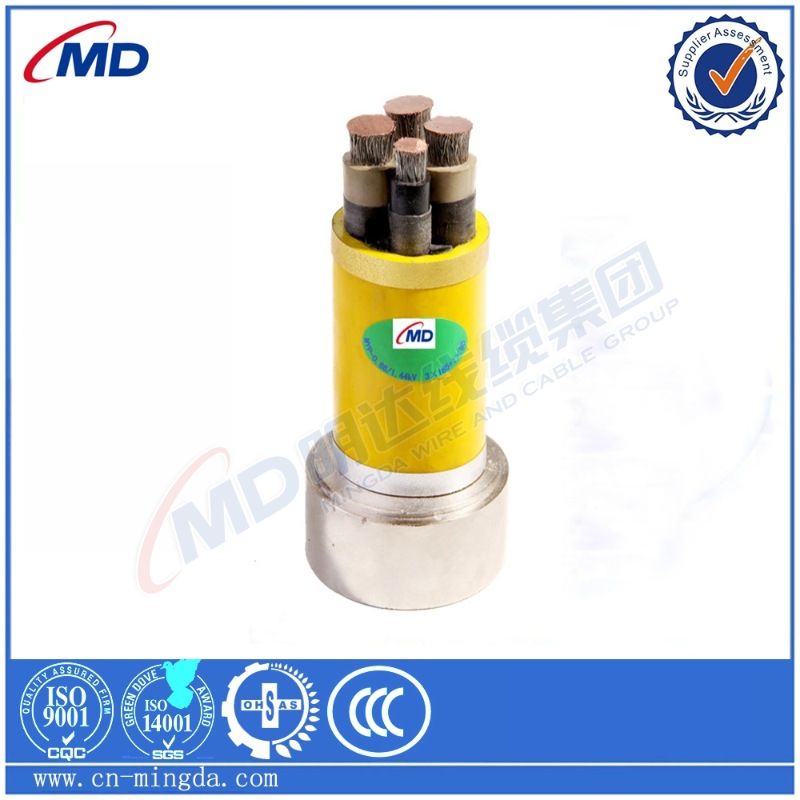10 月 . 15, 2024 14:21 Back to list
Three-Way Air Valve for Efficient Fluid Control and Versatile Applications
Understanding Three-Way Air Valves Function and Applications
A three-way air valve is a crucial component in fluid management systems, particularly in pneumatic applications. It plays a vital role in controlling the direction and flow of compressed air or other gases within a system, facilitating efficient operation in various industrial processes. This article aims to explore the workings, types, and applications of three-way air valves.
What is a Three-Way Air Valve?
A three-way air valve is designed to control the flow of air in three different paths. Typically, these valves have three ports one for the inlet, one for the outlet, and a third for exhaust or additional outlets. Depending on the position of the valve, it can direct airflow to either of the two outlets while simultaneously blocking the third. This compact design allows for versatile control of air movement in numerous automation and control systems.
Types of Three-Way Air Valves
Three-way valves come in various designs, each serving particular applications
. The most common types include1. Normally Closed Valves In this configuration, when no power is applied to the valve, the flow between the inlet and one outlet is blocked while allowing flow to the other outlet. This type is particularly useful in systems where safety is a priority, as it prevents unintended airflow when the system is inactive.
2. Normally Open Valves Contrary to normally closed valves, these allow continuous airflow between the inlet and one outlet until the valve is energized, which then blocks that path and redirects the flow. This design is often used in systems where immediate air supply is essential until an active control is needed.
3. Universal Valves These valves can function in either normally open or normally closed configurations, depending on how they are set up in the system. Their flexibility makes them suitable for a variety of applications.
How Three-Way Air Valves Work
three way air valve

The operation of a three-way valve is typically managed by an actuator, which can be pneumatic, electric, or manual. When the actuator is operated, the valve shifts from one position to another, redirecting the air flow accordingly. This is a significant feature in automation processes, where rapid changes in air direction can lead to increased efficiency and productivity.
The valve can be controlled manually, but in most applications, automated control through sensors and controllers allows for precision and optimal performance, minimizing human error and increasing reliability.
Applications of Three-Way Air Valves
Three-way air valves are used extensively across various industries including
- Manufacturing In production lines, these valves help control the movement of air to pneumatic actuators, which operate machinery and transport materials within the facility. - Automotive Industry They are employed in vehicle assembly processes, where they manage air pressure systems that operate tools and transfer parts.
- HVAC Systems In heating, ventilation, and air conditioning (HVAC) systems, three-way valves regulate air flow to different areas or systems, maintaining desired temperature and air quality levels.
- Laboratories and Clean Rooms They ensure precise control of air flow and pressure, vital in environments where contamination is a concern.
Conclusion
Three-way air valves are integral components in pneumatic systems, providing essential control and flexibility in air movement. Understanding their types, functions, and applications helps industry professionals optimize their systems for improved performance and safety. As technology advances, the design and functionality of these valves continue to evolve, promising even more efficient solutions for future applications. Whether in heavy industries or precision operations, three-way air valves remain a cornerstone in effective air management.
Share
-
Understanding the Differences Between Wafer Type Butterfly Valve and Lugged Butterfly ValveNewsOct.25,2024
-
The Efficiency of Wafer Type Butterfly Valve and Lugged Butterfly ValveNewsOct.25,2024
-
The Ultimate Guide to Industrial Swing Check Valve: Performance, Installation, and MaintenanceNewsOct.25,2024
-
Superior Performance with Industrial Swing Check Valve: The Essential Valve for Any SystemNewsOct.25,2024
-
Industrial Swing Check Valve: The Ideal Solution for Flow ControlNewsOct.25,2024
-
You Need to Know About Industrial Swing Check Valve: Functionality, Scope, and PerformanceNewsOct.25,2024